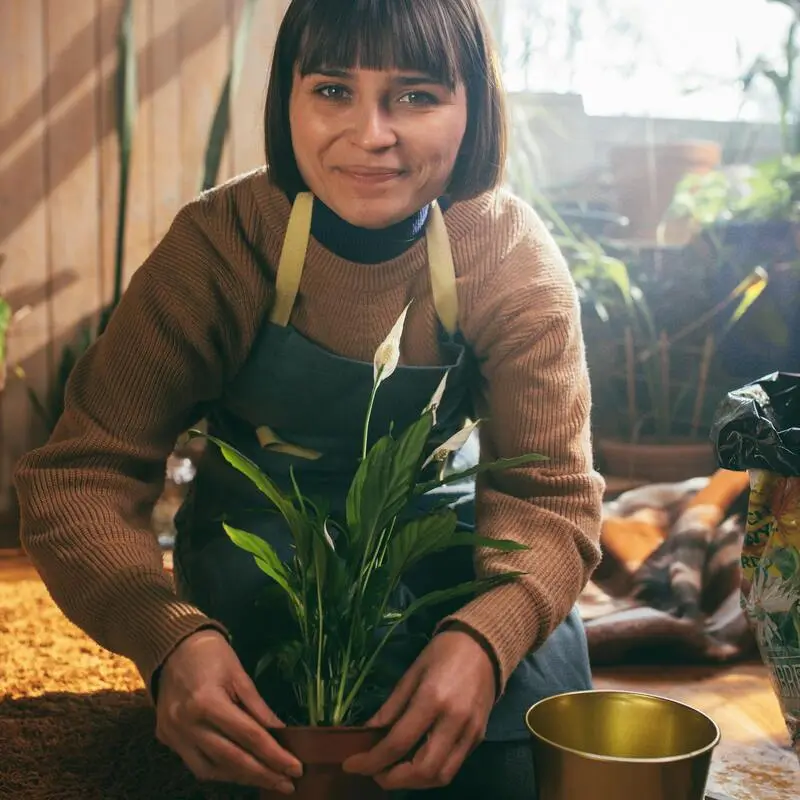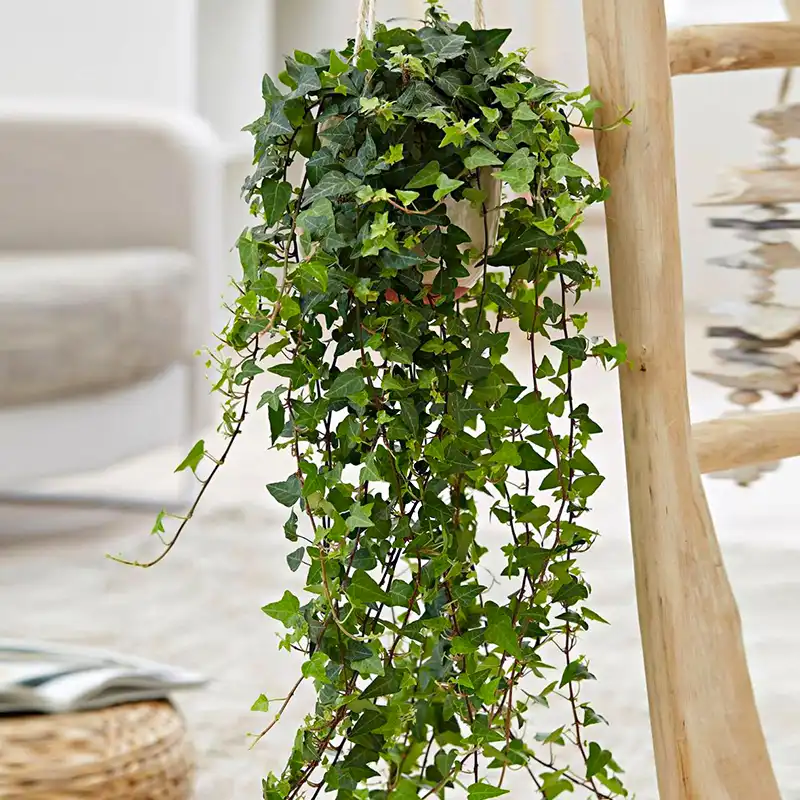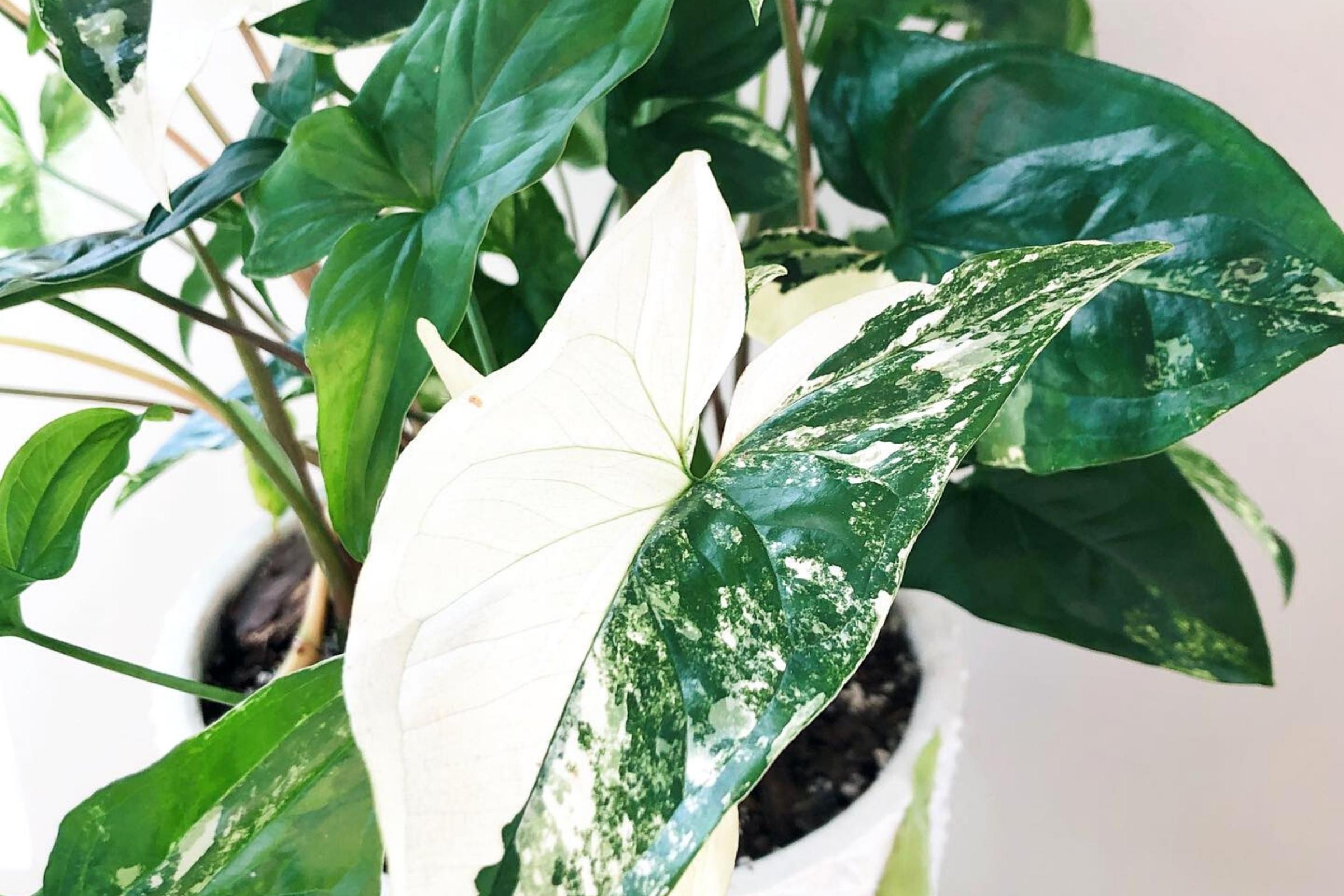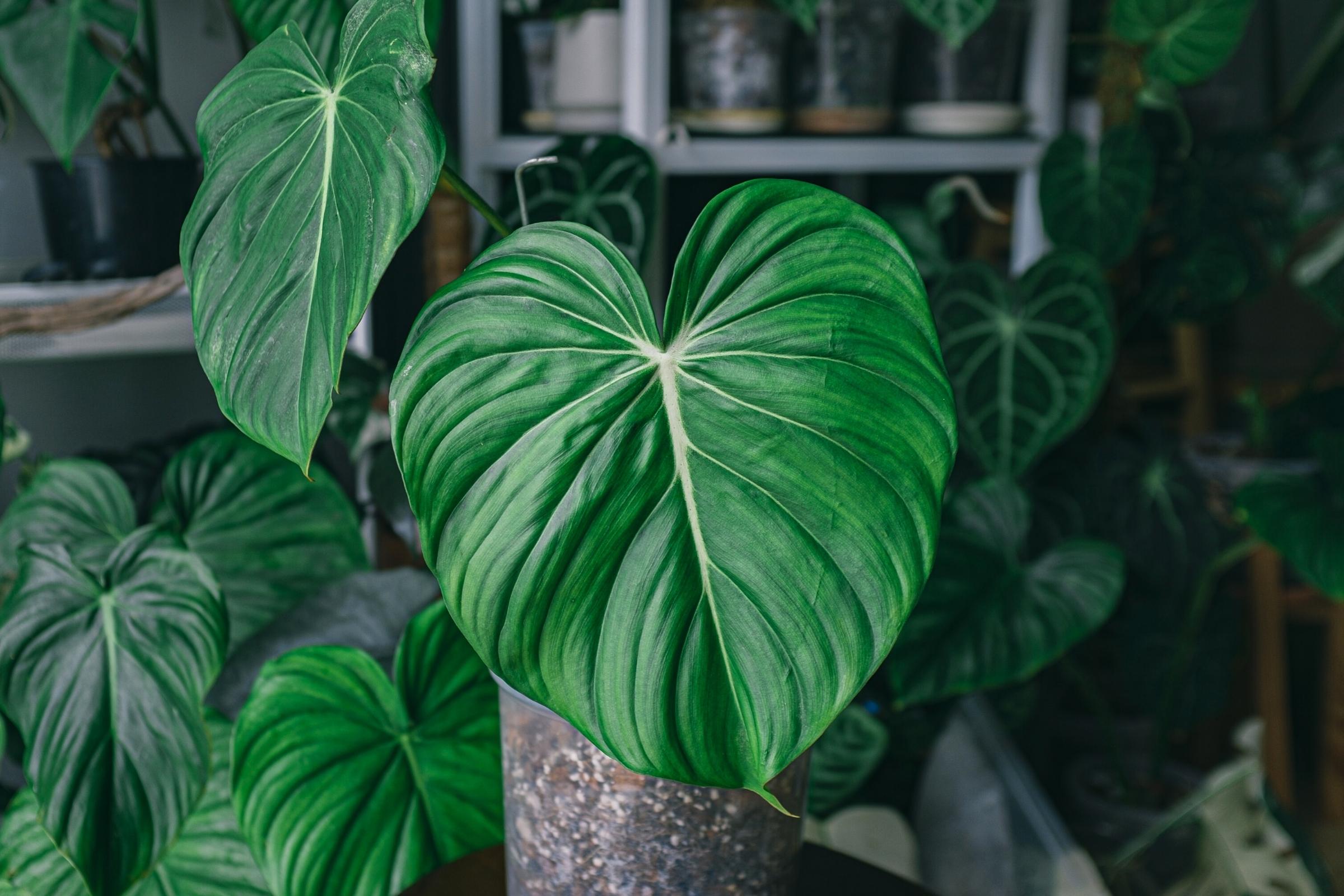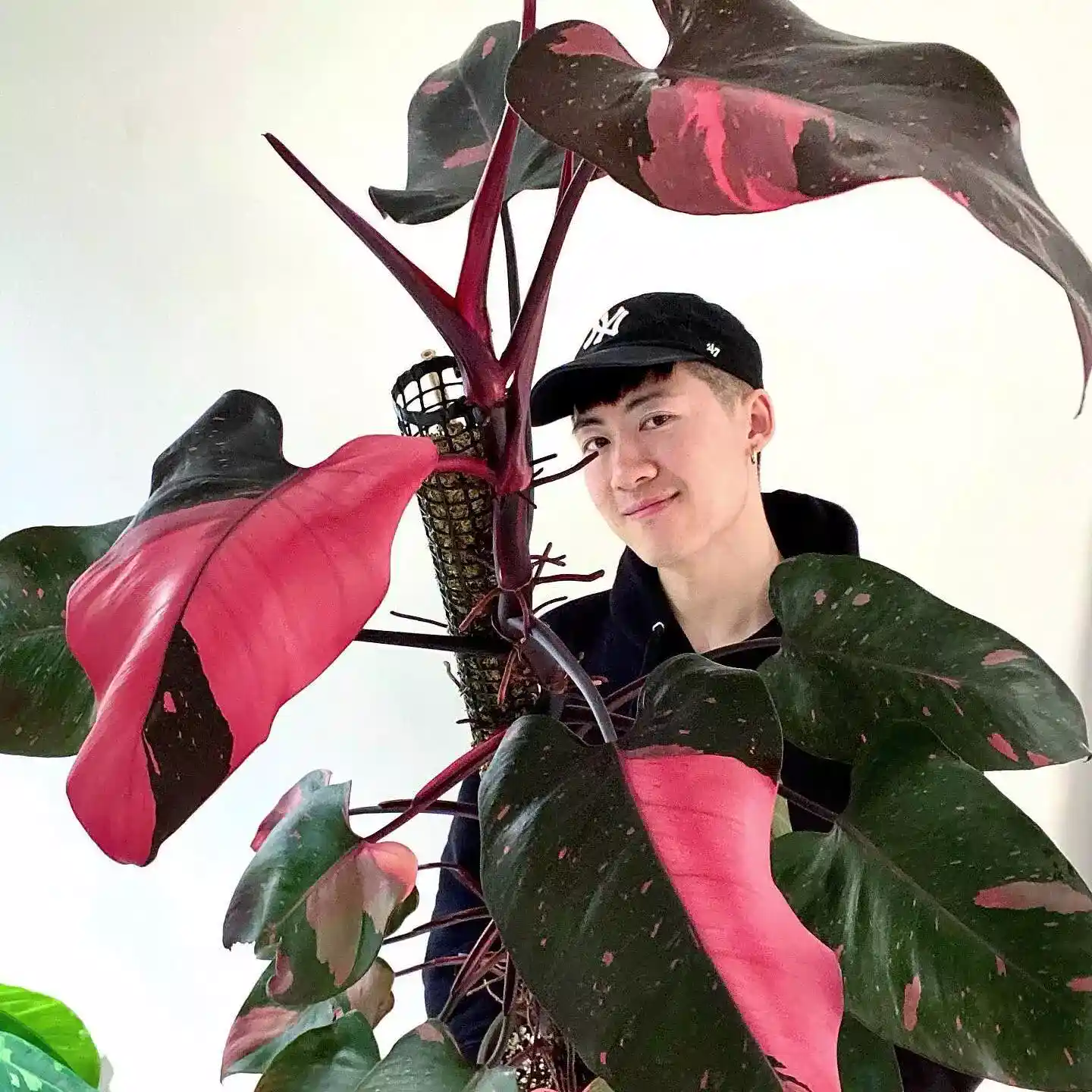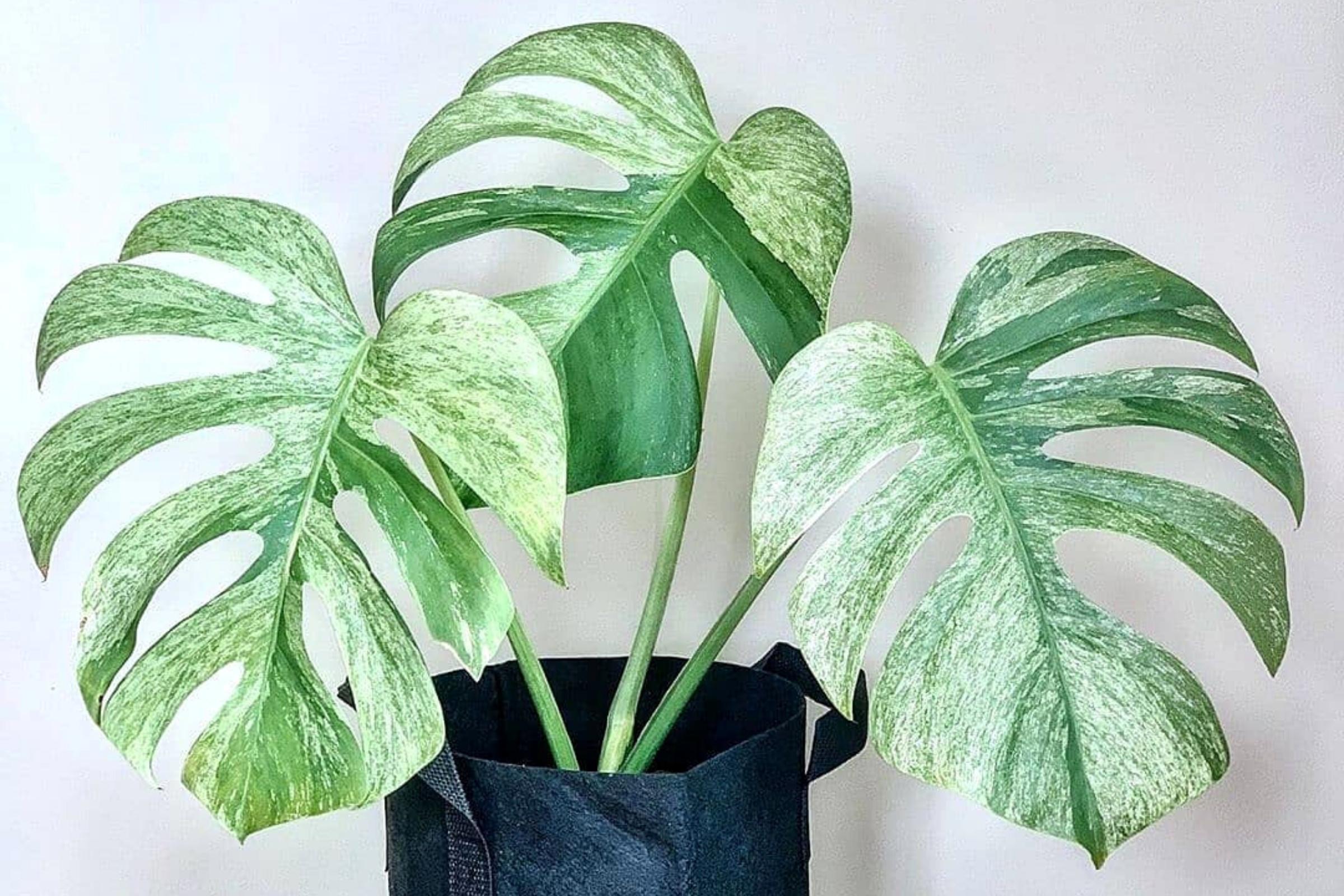Nowadays when you visit your friend’s house (or see their surroundings on a Zoom call), you see the familiars involving the plant world. Spider plants, succulents, or monsteras seem to have made their way to all houseplant shelves. Rare houseplants may seem hard to come by.
Infrequently Seen Rare Houseplants You'll Yearn For
Even snake plants, Tradescantia zebrina, and Hedera helix are no longer a rare sight. Out of almost 400,000 species and counting, we are certain there will always be thousands of houseplants that come from around the world. While we still treasure these traditional household gems such as African Violets and Christmas Cacti, if you have a giant house plant community, you may be looking for some rare houseplants. Below is a list of infrequently seen, rare houseplants you’ll yearn for.
1. Mimosa pudica
Otherwise known as the touch-me-not plant, this fun photosynthesizer originates from Brazil and other tropical areas. Generally, it is a woody creeping shrub, but also can be grown commercially as successful houseplants. It is known as a member of the Fabaceae (bean) family and has a pink capitulum inflorescence. While its flowers and origins may be interesting, this plant’s showstoppers are its compound leaves.
My first experience with this plant was about 4 years ago. My agriculture teacher had a massive Mimosa pudica in a round ceramic pot. He called me into the school greenhouse and introduced me to a plant that still confuses scientists today. Some say the plant closes its leaves when touched to conserve energy, yet it may be a possible defense maneuver as well.
[video width="640" height="640" mp4="https://www.old.thursd.com/wp-content/uploads/2021/05/15-rare-houseplants-you-will-love-video.mp4"][/video]
Video via @leafandjune
I harvested hundreds of seeds from the mother plant and went along to grow a plethora of touch-me-not plants myself. Overall, the rare houseplants enjoy loam soil and don’t prefer to dry out, yet not to the point of soggy soil. Loam soil is a perfect mixture of the soil textures for optimal plant growth: sand, silt, and clay. You have the benefit of easily growing the plant by seed and it may make an all-around great, rare attribution to your plant community.
Plant Needs:
- Loam, moist soil
- Majority direct sunlight
- Medium to large size pot
2. Pineapple Plant (Ananas comosus)
Although many pineapple plants will not produce a generous amount of fruit as rare houseplants, you may still find it fun to grow! When I had first discovered you could grow pineapples at home, luckily the fruit was already sitting on my countertop for my eager hands. After cross-referencing sources, I asexually propagated the rare houseplant.
Now, you may ask, doesn’t everyone know what a pineapple is? How is that rare? You may know the fruit but growing them as houseplants create an insight into the plant history, anatomy, and physiology. Plus, when I grew one, my kitties stayed away due to the crown’s sharp tips. As far as asexual propagation, it is taking the parent material, slicing off certain parts of tissue, and putting it in a media to grow adventitious (new) growth. You can do this with the leaves, stems, roots, or many other plant parts depending on the plant.
Also, note that you can root plant material in different soil media and water as well. As far as rare houseplants, you may be the only one on your block to have a pineapple plant!
Plant Needs:
- High temperatures
- Direct sunlight
- Dry soil, do not water until fully dried out
- Water from the top, over the leaves
- Loam soil, possible additives for aeration like perlite
- Medium to large pot
3. Lipstick Plant (Aeschynanthus)
These fascinating, rare houseplants are known for their tubular inflorescence. As much as we all love vegetation, flowers amongst our domesticated houseplants may have many pros. Mental health and pest management are two of the many benefits flora provides.
The lipstick plant originates in Malaysia and is known as a vigorous creeping vine. Popping red flowers are consistent if best management practices are in place. You may love this plant if you want continuous color in your sunroom. I have never owned one of these plants although I would enjoy one in a hanging basket in the room with the houseplants! Having a sufficient N-P-K ratio (Nitrogen, Phosphorus, Potassium) is key to growing a plant’s version of lipstick.
If you would acquire this rare houseplant, note that the standard soil temperature should be 70F-80F for optimal blooms. Having outrageous, red flowers along with being planted in a hanging basket, this plant can be a knockout as far as rare houseplants.
Plant Needs:
- 3-2-1 (N-P-K) fertilizer ratio
- Perlite for extra aeration
- Water when dry (soggy soil = death is this case)
- Needs some direct/moderate sunlight to flower
- Medium/high humidity
- Hanging planters allow for a lot of creeping but can be grown in grounded pots too
4. Prayer Plant (Maranta leuconeura)
South America has yet again introduced us to more gorgeous, rare houseplants. The pattern variegation on these houseplants is the main appeal to plant owners. This plant is also known as a prayer plant. At night it closes its leaves like praying hands. The green, pink, and white foliage work well for pots and hanging baskets.
Prayer plants show brilliant pattern variegation on their leaves.
Plant Needs:
- Part shade
- Allow soil to dry out before watering again
- Additional humidity
5. Spanish Moss (Tillandsia usneoides)
These may be rare houseplants to some, but for those who live in places such as Florida, these air plants can be considered invasive. Air plants are epiphytes; therefore, they form a commensalistic relationship with other plants; they grow on others. Epiphytes obtain their needs such as water and nutrients through the atmosphere.
Running out of space for your houseplants is no longer an issue with this plant! Mist it with warm water twice every week and allow it to fully dry out before watering. If you accidentally forget to water and it completely dries up, try soaking it in a pool of warm water. Overall, these plants are simple to take care of and they add more unusual, rare houseplants to your collection. This plant also can be beneficial if you have problems with pests in the soil such as fungus gnats or root rot, seeing that it does not need soil. Spanish moss is also known to be widely used in the floriculture and craft industry. You will probably see it in a floral design before you do in someone’s home.
As a houseplant, Spanish moss is a great plant to hang from the curtains, chandeliers, or other structures because of its growth habit.
Plant Needs:
- Bright indirect light
- Mistings with filtered water
- Occasional fertilizer
- Loves humidity
6. Peperomia
If you would run out of room for your rare houseplants collection, Peperomia does not take up much space and often does not need fertilization.
Belonging to the family Piperaceae, the genera Peperomia is one of the largest in the family. It’s also simple to take care of and adds a fresh touch when put in a hanging basket or 4-6” pot. The succulent-like, water-retaining leaves and stems of this plant may benefit you if you forget to water or want to go camping for a few days. My Peperomia is very self-sustained and receives water when much of the soil is dry.
Peperomia comes in many different varieties and are not difficult to take care of.
Plant Needs:
- Indirect light
- Water when dry
7. Lemon Balm (Melissa Officinalis)
Every year these houseplants frighten me around the wintertime! As an indoor and outdoor plant, Lemon Balm goes dormant until spring. Moreover, you don’t have to worry if it begins to die when it gets cold out. Continue watering and these houseplants shall return to you!
This member of the mint family smells fantastic, and often it gives me a lot of stress relief when I smell it. Usually, I rub my fingers gently all over the leaves, and the scent stays on my hand for me to indulge in the lemony smell. You may love this plant if you forget to water or do not have every day to spend with your houseplants. It is very resistant and will spring back to life even if it is wilted beyond belief. Not to mention, if you would want to retire this rare houseplant, you can plant it in your flower beds. Be careful though because members of the mint family can become invasive.
Trimming these houseplants to obtain the desired shape can also be a fun plant activity to do and prevents them from becoming sprawled out and all over the place. Sharing this plant with others is always fun as well. My friends will come over and I will be so excited, “sniff my plant! Give it a smell!” are often my first words, and they look at me like I’m insane…until they smell the luxury of this rare houseplant!
Plant Needs:
- Direct sunlight
- Water when dry
- Fertilize in the Spring
- Occasional plant trimming
8. Eucalyptus (Eucalyptus globulus)
To koalas, these plants may not be unusual, but for us, they can be considered rare houseplants! In my opinion, this is a difficult plant to grow from seed. The seeds are teeny-tiny and can be very picky. Although, you can grow this plant indoors as long as you have the correct lighting and heat source.
You might highly benefit from this plant for it has a myriad of physical and mental health purposes. For me, the stress relief from the scent of this plant is immense. I must warn you though, that it has quite a strong smell! Outdoors, this plant reaches towering heights. As far as indoors, you may want to have space set aside for the fast grower and recognize if you can host a tree. The leaves of this plant also give it interesting foliage. So interesting, that you will see sprigs of this plant in many floral arrangements and house decorations!
Plant Needs:
- Direct light
- Plenty of room (can reach 6+ feet indoors)
- Allow soil to dry out between waterings
- Fertilize regularly
- Keep away from koalas
9. Patchouli (Pogostemon cablin)
If you rewind 60 years, these would not be considered rare houseplants, but instead one of the most iconic scents of that decade! The peace culture of the 1960s used this plant very frequently due to its powerful scent. The plant has been around for centuries and has also been used for medicinal purposes across the globe. 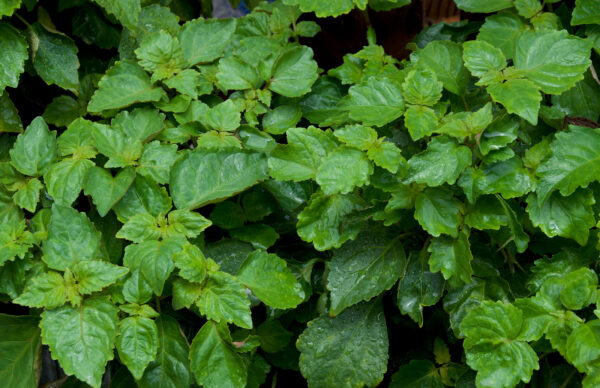 As part of the mint family, your friends may be wowed when they see these houseplants in your home – for usually, people see it most sold as essential oils. The extract of this plant’s leaves is also a helping hand in the dermatology department. Again, I find this plant challenging to grow from seed, and generally most plants in the mint family due to their small seed size. It certainly is not impossible for you to grow patchouli from seedling to maturity if you cater to specific light and temperature conditions. Like Lemon Balm, the plant goes dormant in the winter and trimming can help create the shape you have in mind. Resistance runs in the mint family, so you won’t have to worry as much (with mature houseplants) if you miss or misread your plant watering schedule for the week. Even though there is some drought tolerance, I notice that I have to water more often with mint members because container soil does not retain as much moisture.
As part of the mint family, your friends may be wowed when they see these houseplants in your home – for usually, people see it most sold as essential oils. The extract of this plant’s leaves is also a helping hand in the dermatology department. Again, I find this plant challenging to grow from seed, and generally most plants in the mint family due to their small seed size. It certainly is not impossible for you to grow patchouli from seedling to maturity if you cater to specific light and temperature conditions. Like Lemon Balm, the plant goes dormant in the winter and trimming can help create the shape you have in mind. Resistance runs in the mint family, so you won’t have to worry as much (with mature houseplants) if you miss or misread your plant watering schedule for the week. Even though there is some drought tolerance, I notice that I have to water more often with mint members because container soil does not retain as much moisture.
Plant Needs:
- Full sun/part shade
- Water when dry
- Fertilize in the Spring
- Occasional trimming
10. Jade (Crassula ovata)
With succulents growing in popularity these days, Echeverias, cacti, and Aloes seem to be some of the main attractors. Jades may be exemplary rare houseplants you may be seeking amongst the hundreds of succulents.
As gorgeous and merrymaking that this plant may be, I have never been able to keep them alive. Last week I saw a full, thick-leafed Jade in a 4” pot, but I was too scared of history repeating itself! My main problem with them is providing sufficient light. Without enough, they become leggy, stretched, and weak due to lack of light and having to reach for it. If you have direct, bright sun, you will allow these houseplants to thrive. The pad-like leaves and slight, rare color around the leaf margins add flare to your collection. Stems of the plant can get thick and almost woody, and you may want to press and preserve the slender five-petaled inflorescence. Leaf propagation can also be easily practiced with these houseplants.
Plant Needs:
- Soil with good drainage
- Direct light
- Water when dry
11. Tri-color Sage (Salvia officinalis ‘Tricolor’)
If you have animals in your home and want to add some pizzazz to your collection, you may be looking for non-toxic and rare houseplants; look no further! The colorful foliage is the main showstopper of this plant.
You may have heard of sage, for it is used regularly in the landscape and for medicinal purposes. Native Americans use it for a variety of rituals and ceremonies, and paranormal persons use it occasionally to cleanse a space. Even today it is used in the common household for frequent spiritual cleansings and human use dates back thousands of years spanning many cultures. If you don’t want to use your houseplants to make sage bundles, indulging in the scent this mint member gives off can create positive energy within and around you as is.
Tri-color sage is particular when it comes to soil, for it needs to have a well-drained quality. Pruning will encourage growth, and over time you will see older growth turn woody. It is also possible you will see the plant flower a rare blue in the summer! If you decide to eventually transfer these houseplants outside, bees and other pollinators love it.
Plant Needs:
- Well-drained soil
- Full sun
- Water when dry
- Occasional trimming
- Fertilize in the Spring
12. Amaryllis
You can find bold and blooming beauty here! Growing from bulbs, these houseplants often deter people into not keeping them long-term. Although it is very simple to do so, allowing you to accrue more rare houseplants.
If you water small amounts in the spring, and a bit more once it begins sprouting, your flowers will arrive a month or two after planting. Avoid getting water on the parts of the bulb you can see, and do not soak the soil to prevent rot. Come winter, trim the stems back and water little until spring. Originating in Africa, these plants are usually seen outside. Putting yours on your porch in the summer to get those summer vibes will benefit the plant as well. The popping color, large petals, and slender female flower anatomy make Amaryllis an irresistible beauty!
Plant Needs:
- Indirect light and little water in winter
- Direct light in spring and summer (water when dry)
- Trim stems back after blooming
13. Porcelain Flower (Hoya carnosa)
The waxy quality of the leaves and plants shout rare houseplants to me. You will not find this type of Hoya in many households. It is a 2-in-1, with fascinating foliage and flowers. With their climbing viny ways, these houseplants do best in hanging baskets. Well-drained soil is a must, and too much water is a quick route to death. Another rare characteristic is insensitivity to being root-bound. If you do keep these houseplants in the same pot, be sure to fertilize them.
If you are a propagation enthusiast, these houseplants also are easy to root. Once these houseplants are adjusted, they tend to grow great without much maintenance. You can additionally note that it is a humidity and bright, indirect light lover. Originating in Asia, I am always in search of succulent, star-shaped flowers.
Plant Needs:
- Bright, indirect light
- Water when dry
- Sufficient humidity
- Fertilize in spring and summer
14. Bird’s Nest Fern (Asplenium nidus)
Even one of the oldest plant families on Earth make it onto the rare houseplants list because
- Who doesn’t love ferns?
- Unique leaf margins
- Glossy leaves
Humidity and soil moisture is the key to this fella. You may fall in love with this fern but sadly propagating is only possible through the spores that the plant produces. This is costly and requires lab equipment. Plants evolved from water, and ferns are early in the plant timeline. They have spores (gametophytes) to reproduce and water is necessary to pair up two spores to make a sporophyte (the fern). This fern does not like dry or soggy soil, so you must find the happy medium of consistent moisture. If all of your direct sunspots are full of houseplants, this fern is versatile and can tolerate the corners of the room.
Plant Needs:
- Part sun/part shade
- Consistent moisture (not dry, not soggy)
- Water less in winter
- Can grow in a small pot
15. Friendship Plant (Pilea involucrata)
I purchased this plant a year ago while attending a reptile show with my best friend. I had only known it by its scientific name; knowing the common name solidifies the good memory. Amongst the geckos and snakes, plant booths were set up. The bumpy and colorful foliage of these rare houseplants drew my attention immediately.
They grow upright and are also easy to propagate by stem cuttings. When I saw the tiny flowers for the first time, I watched with joy as clusters of them sprang up over a few weeks.
Plant Needs:
- High humidity
- Water when dry
- Trim dead flowers
- Bright, indirect light
I know having so many options for rare houseplants may be overwhelming; there is only so much space in the house! You would be surprised as to how I have not run out of room with hosting 71 plant residents thus far. The upside could be that although rare houseplants, many of these plants can be found if sought after. Whether it be social media, your other plant friend, or the grocery store, rare houseplants are all around!

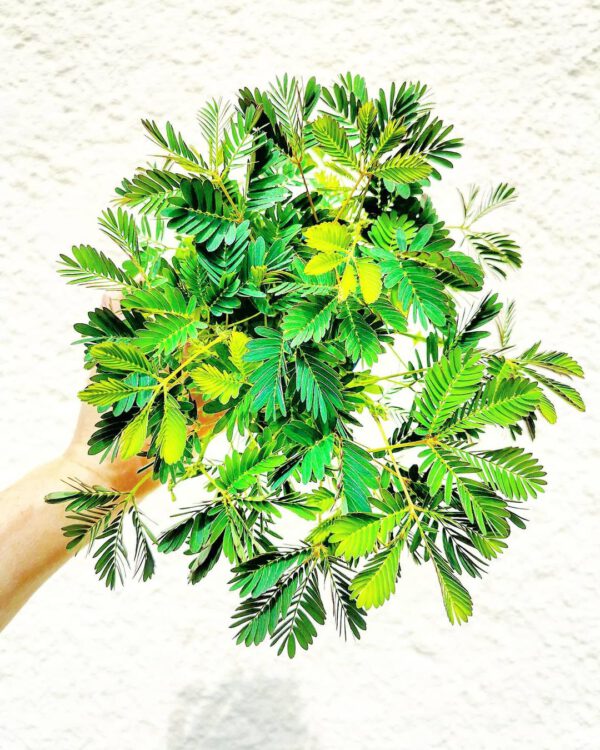 Mimosa pudica via
Mimosa pudica via 

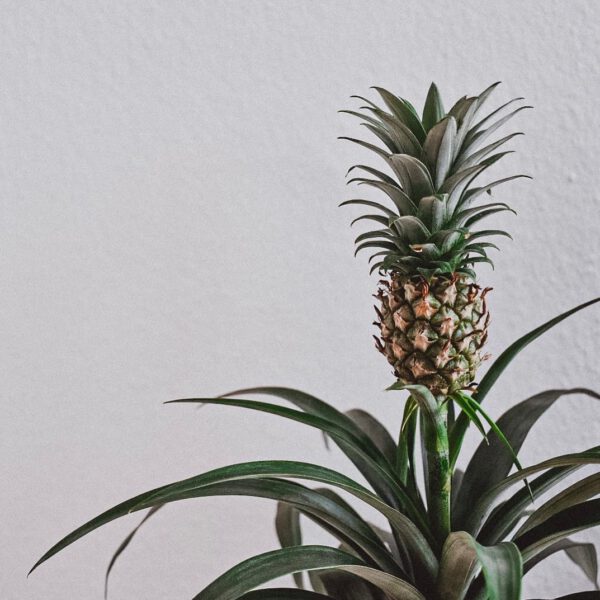 Pineapple plant via
Pineapple plant via 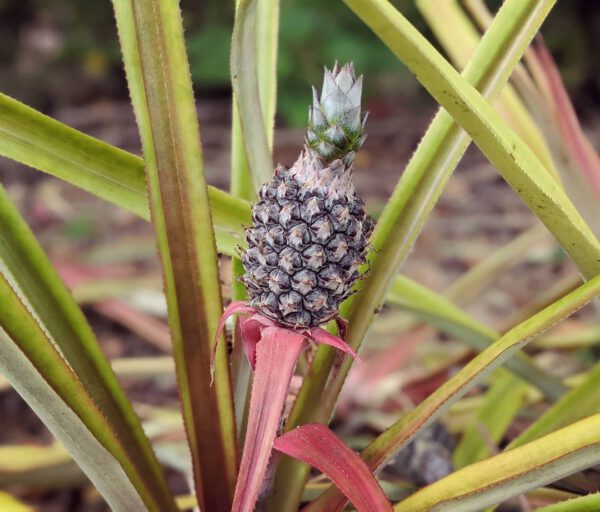 Picture via
Picture via 

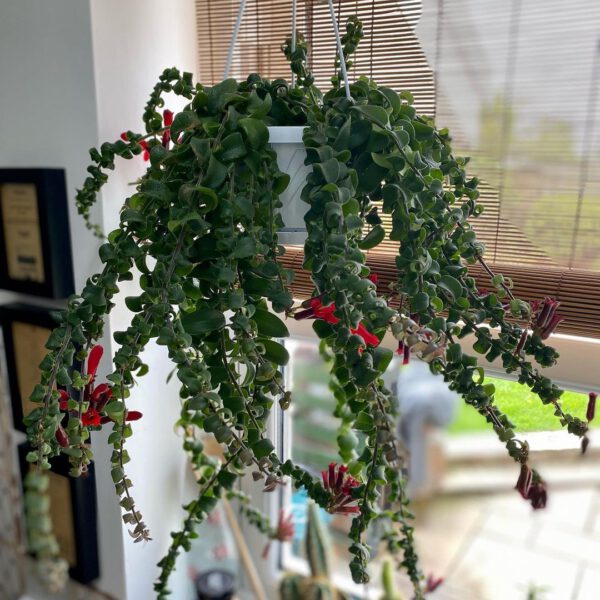 Lipstick plant via
Lipstick plant via 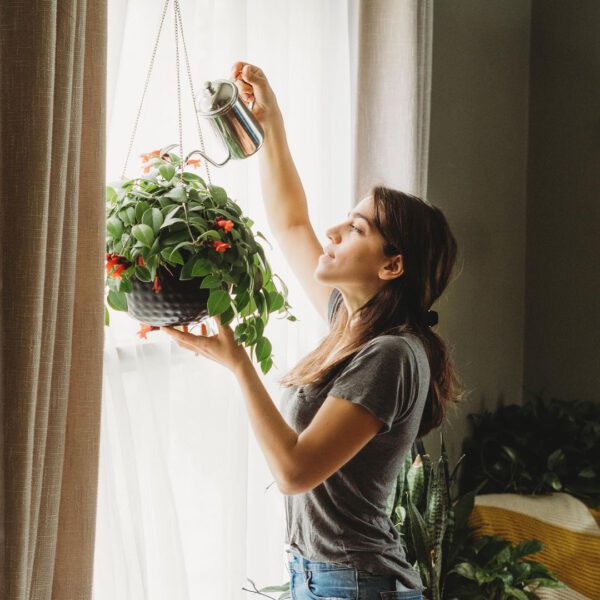 Picture via
Picture via 

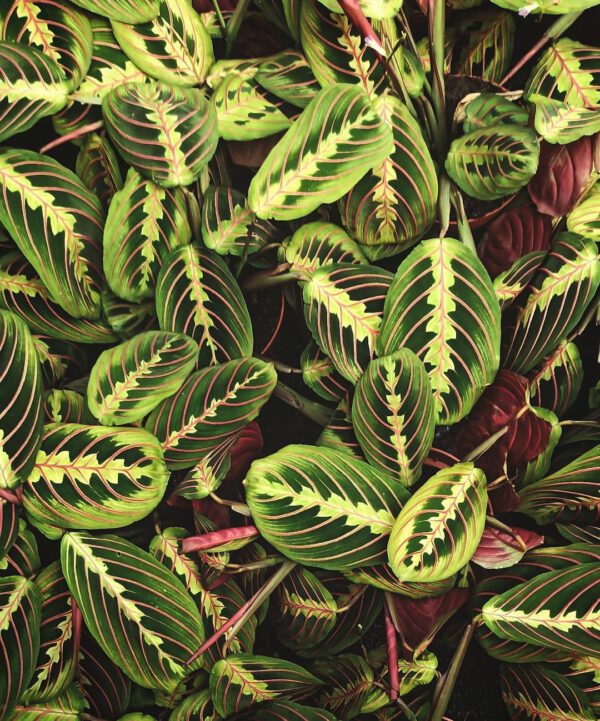 Prayer plant via @
Prayer plant via @

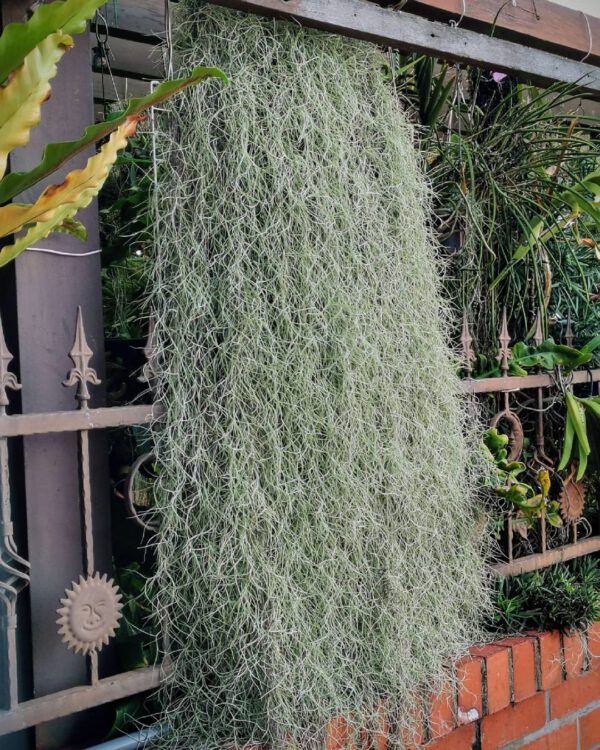 Tillandsia usneoides via
Tillandsia usneoides via 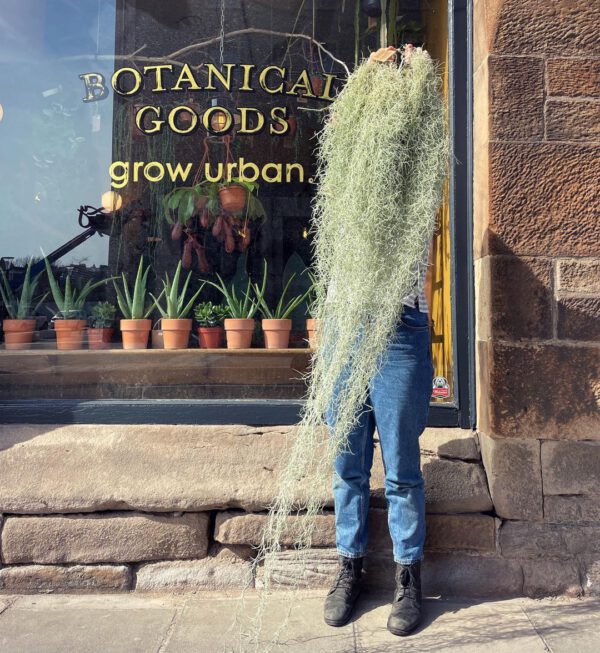 Picture via
Picture via 

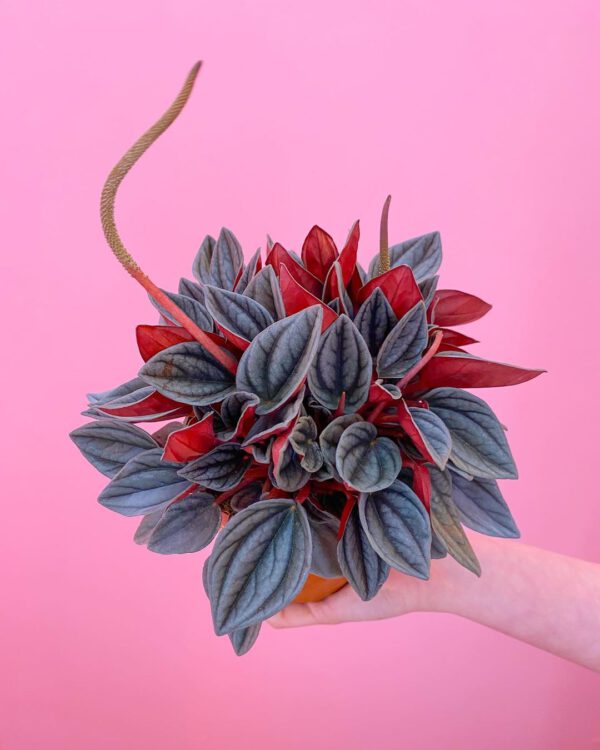 Peperomia Santorini via
Peperomia Santorini via 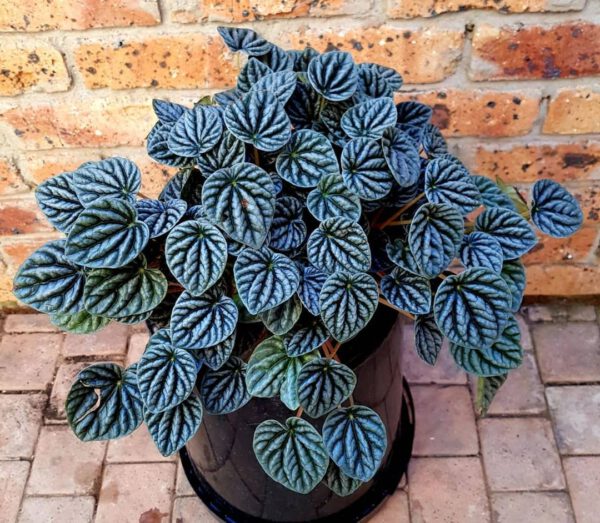 Peperomia Silver Ripple via
Peperomia Silver Ripple via 

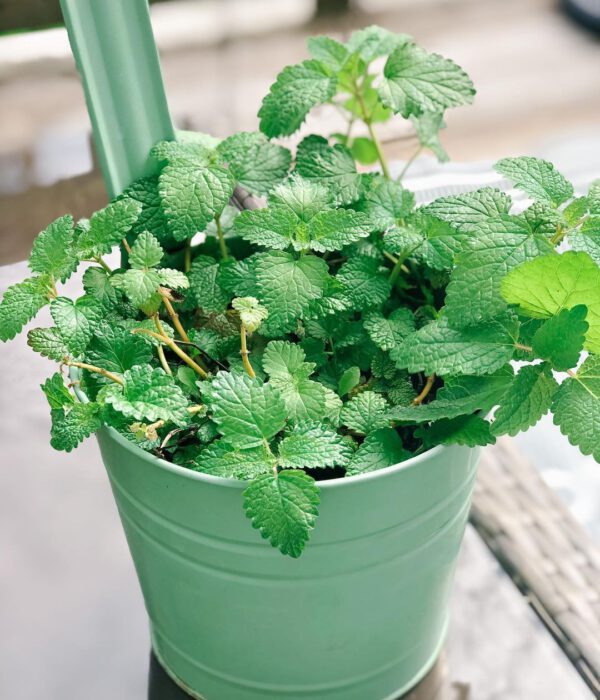 Lemon Balm (Melissa Officinalis) via
Lemon Balm (Melissa Officinalis) via 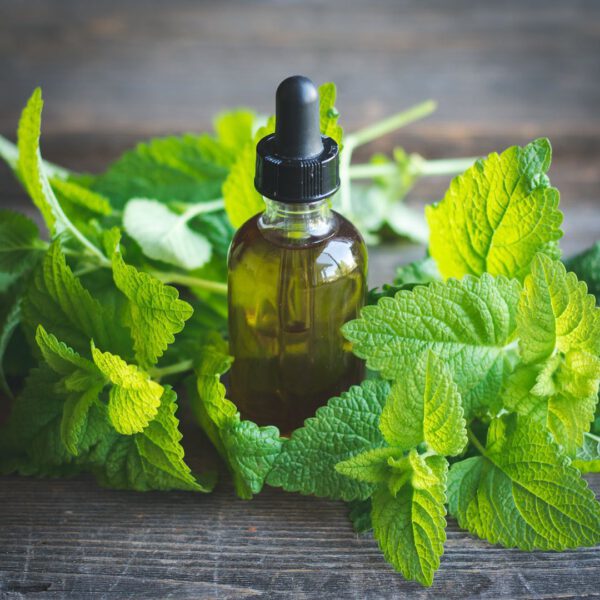 Picture via
Picture via 

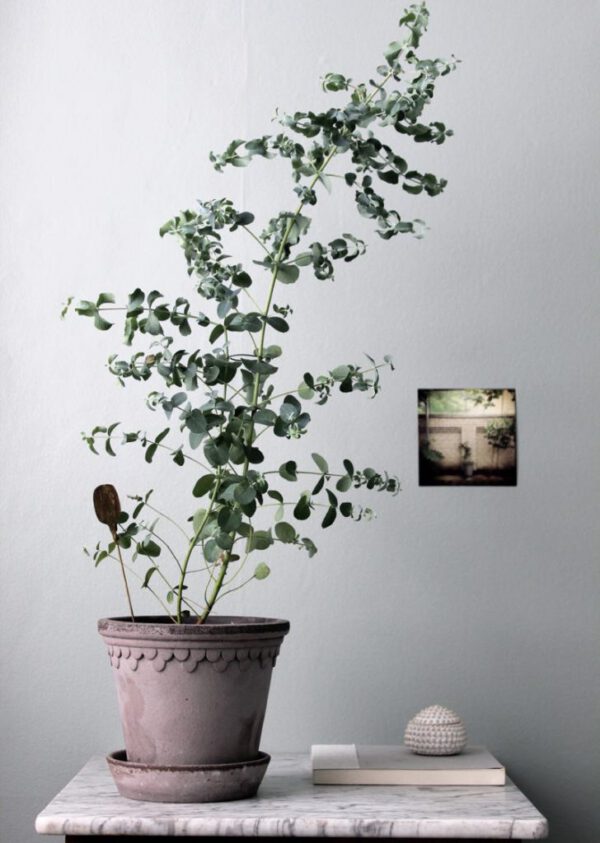 Via
Via 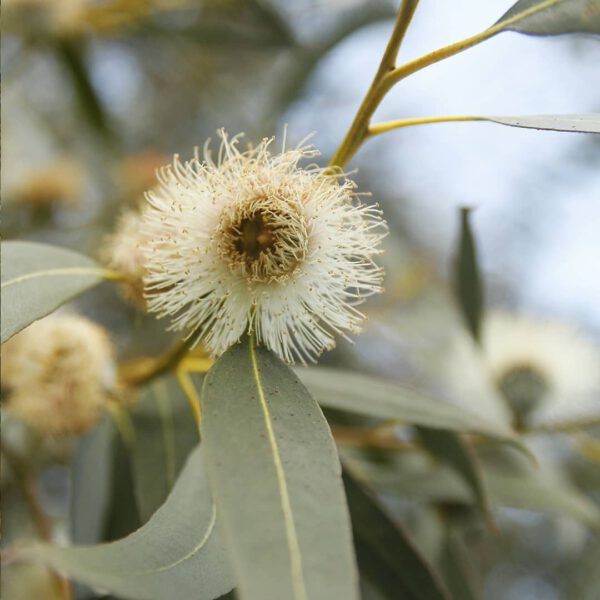 Image via
Image via 

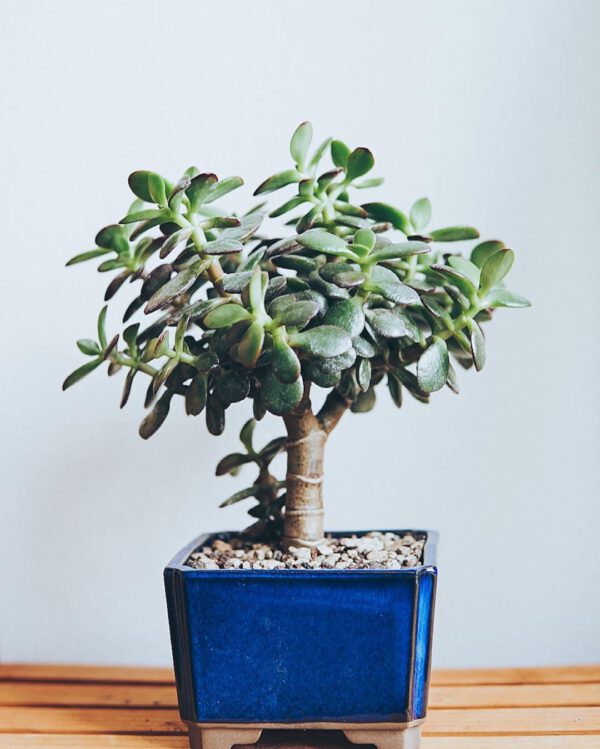 Crassula ovata via
Crassula ovata via 

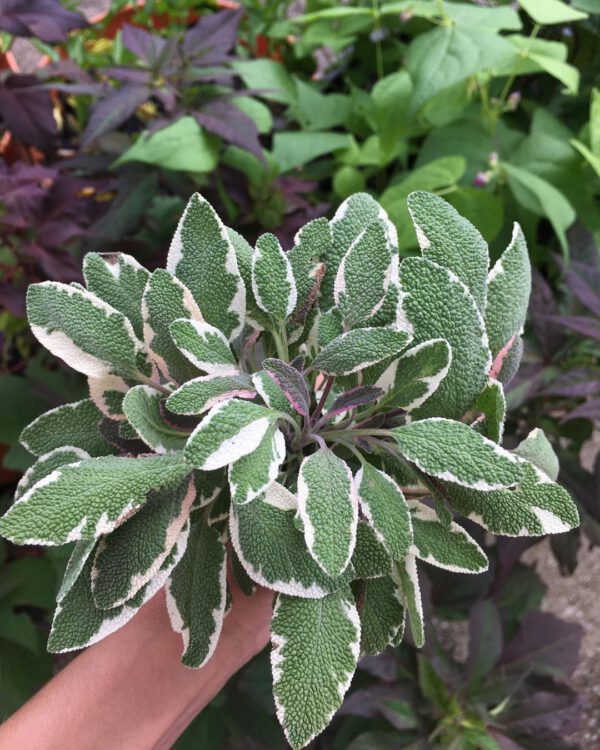 Tri-color Sage via
Tri-color Sage via 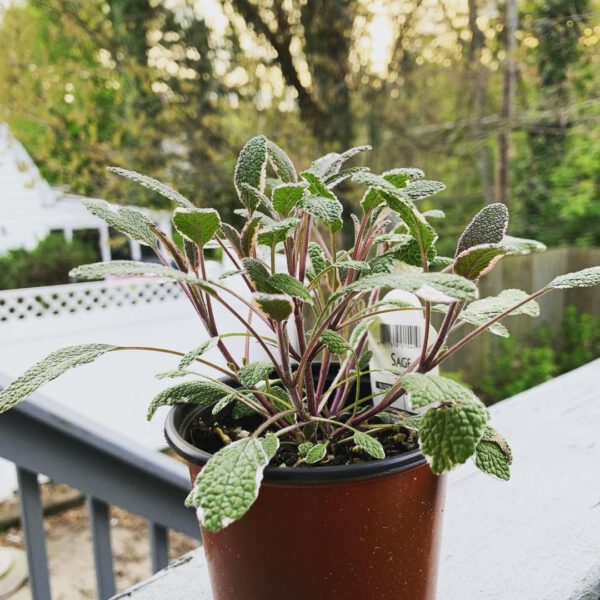 Picture via
Picture via 

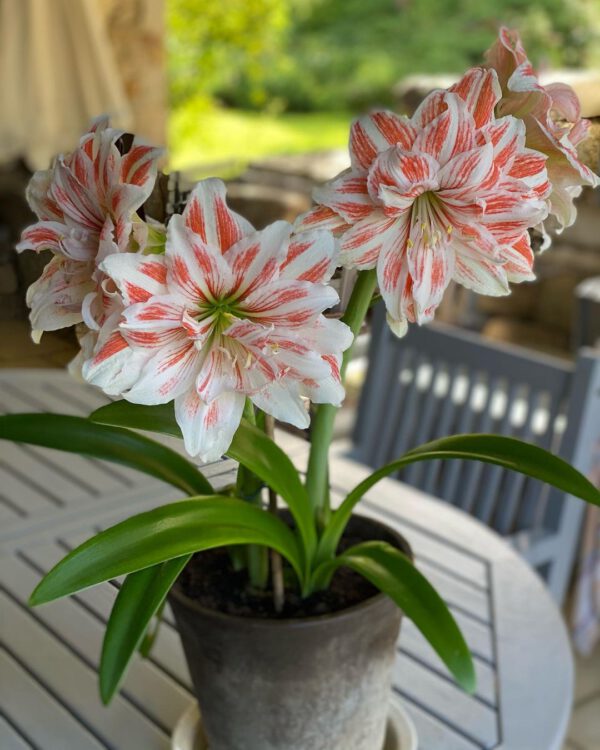 Amaryllis via
Amaryllis via 

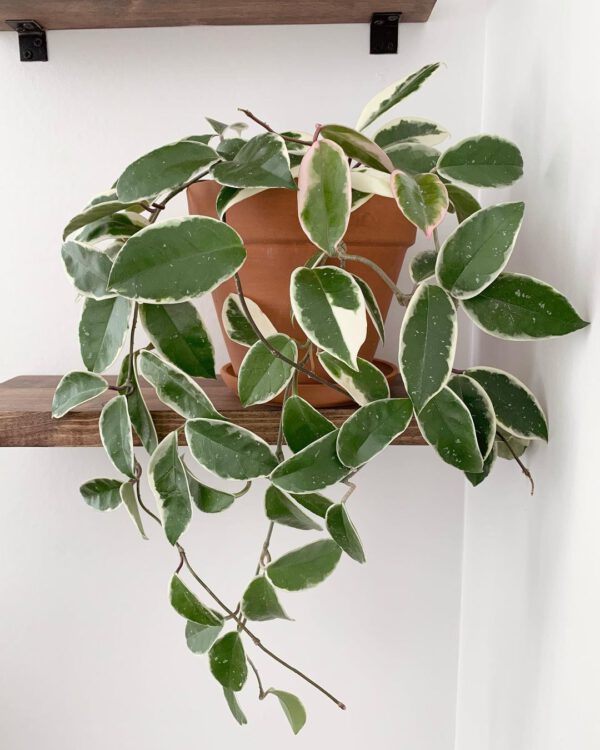 Hoya carnosa via
Hoya carnosa via 


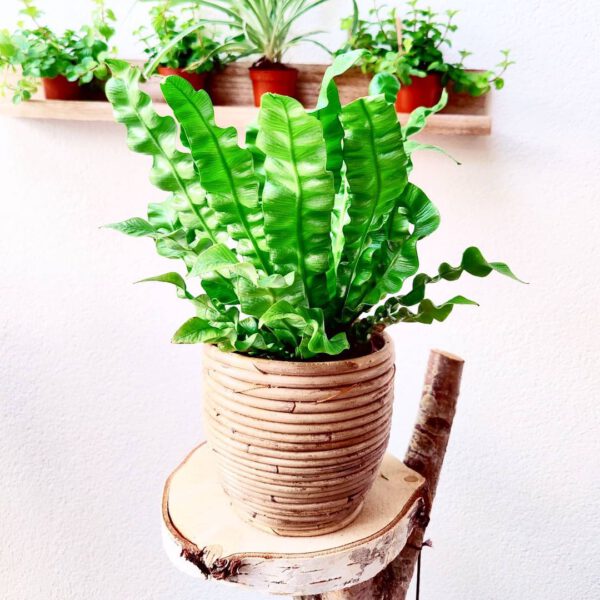 Asplenium nidus (or Crispy Wave) via
Asplenium nidus (or Crispy Wave) via 

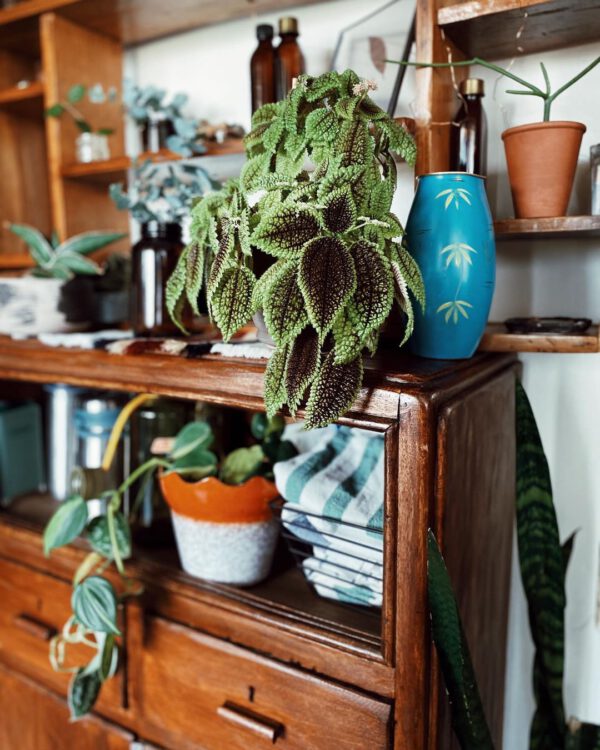 Friendship Plant (Pilea involucrata) via
Friendship Plant (Pilea involucrata) via 

